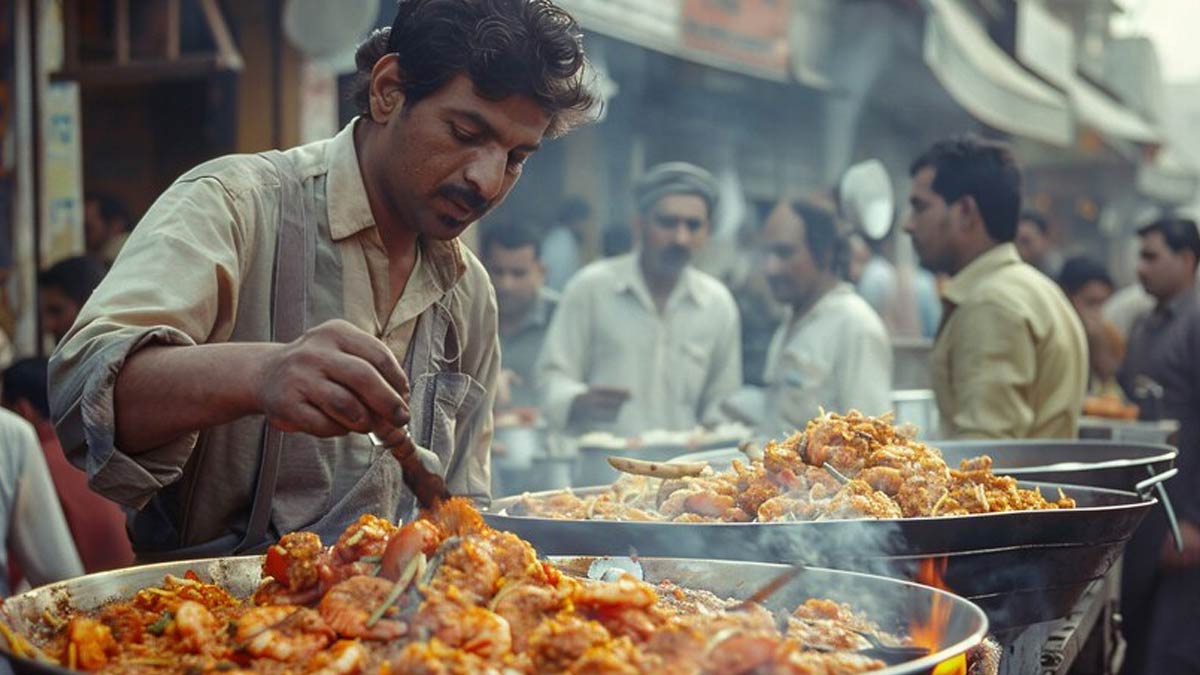
India is a diverse nation where dietary habits and flavours vary significantly across regions and cultures. However, street food is loved and cherished by the majority of the population. Chole kulche in Delhi, Vada pav in Mumbai, Phuchka and Jhalmuri in Kolkata, Jalebi-fafda in Ahmedabad and Vada sambar in South Indian states are famous street foods in India adored by a good chunk of the population.
While this worrying trend has emerged in recent years, a growing number of Indians are opting for cheaper, unhealthy food options over nutritious alternatives. The primary culprit here is lack of affordability apart from other reasons being variety and flavours.
According to the Global Food Policy Report 2024, almost 38 percent Indians are eating junk and processed foods instead of consuming healthy meals. Only 28 percent of people are eating healthy foods and 16.6 percent of the Indian population is suffering from malnourishment. Junk food has done no good to none. It contains excessive sugar and unhealthy fats which increases the risk of several diseases like obesity, diabetes, and can even lead to cancer. Eating habits determine a person's health. If almost half the population begin indulging in foods that lack the required nutrition, the rate of diseases will also start to increase.

Global Food Policy Report
Recently, there has been a rise in the consumption of packaged and processed foods, which are high in sugar and salt, along with processed meats and instant meals. Busy schedules have made people opt for foods that can be cooked instantly instead of taking long hours to cook.
Consequently, people are neglecting fresh vegetables, greens, pulses, proteins, fibres, fruits, and other micronutrient-rich foods. This shift in dietary habits is contributing to the rise of diseases and malnutrition. According to the Global Food Report, 16.6 percent of the country's population suffers from malnutrition due to the eating habits of the majority. The report also highlights that only 28 percent of the population consumes a healthy diet, which includes all five recommended food groups: vegetables, starchy staples like rice, fruits, pulses, nuts or seeds, and animal-based foods.
Also read: How To Tackle Junk Food Addiction In Kids Amid Rising Cases Of Childhood Obesity

The Economic Reality
India, although is experiencing rapid economic growth, it still grapples with stark income inequality. A substantial portion of the population lives below the poverty line or just above it, where daily expenses are tightly constrained. For these families, food affordability is a critical issue. Fresh fruits, vegetables, lean meats, and other nutritious foods often come with a higher price tag compared to processed foods that are calorie-dense but nutrient-poor.
According to a recent report by the National Sample Survey Office (NSSO), 2021, there has been a noticeable shift in dietary patterns among low-income households. The report highlights that a significant percentage of these households are spending more on cheaper, calorie-dense foods like refined grains, sugary snacks, and fried items, which are often devoid of essential nutrients.

Also read: Are You Overeating Junk Food? Know How It Impacts The Quality Of Sleep
Health Implications
A diet high in refined sugars, unhealthy fats, and empty calories can manifest a lot of health problems. On one hand, many children suffer from stunted growth and deficiencies in essential vitamins and minerals. On the other, there is a rising incidence of obesity and non-communicable diseases (NCDs) such as diabetes, hypertension, and heart disease.
The World Health Organization (WHO) has highlighted that poor diet is one of the leading risk factors for these NCDs. The long-term healthcare costs associated with treating these conditions further strain the finances of low-income families, creating a vicious cycle of poverty and poor health.
Conclusion
The affordability of nutritious food remains a significant barrier for many Indians, leading them to choose cheaper, unhealthy alternatives. This trend has severe implications for public health, perpetuating a cycle of malnutrition and disease. Through a combination of government intervention, education, and industry regulation, it is possible to reverse this trend and ensure that all Indians have access to the healthy, nutritious food they deserve. The future of the nation's health depends on it.
Also watch this video
How we keep this article up to date:
We work with experts and keep a close eye on the latest in health and wellness. Whenever there is a new research or helpful information, we update our articles with accurate and useful advice.
Current Version